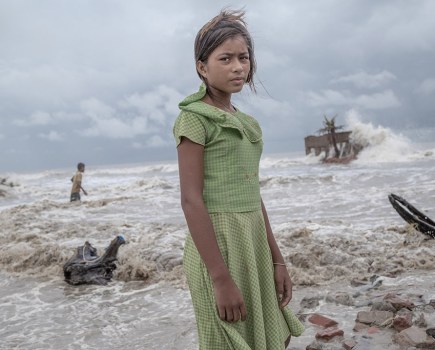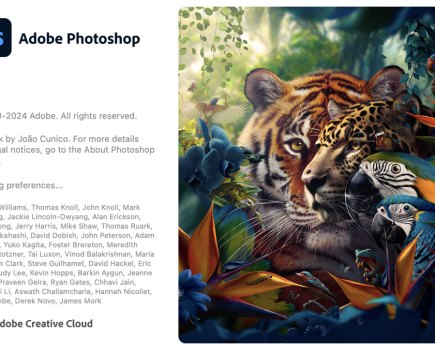The great American photographer Joel Meyerowitz talks to David Clark about his creative journey from black & white street photography to large-format colour work
Joel Meyerowitz is strongly associated with locations including Cape Cod in Massachusetts, rural Tuscany and the busy streets of New York, where he has created some of the most memorable work of his 60-year career. So it seems strange to be interviewing him on a freezing cold January day in a residential area of north London, where he now lives and works. ‘Well, here I am,’ says Joel at the door of his studio, as if also slightly surprised to find himself there.
Although a few months from his 86th birthday, Joel is remarkably youthful for his age; he’s in very good shape both physically and mentally, and speaks as eloquently as ever. His compact, bright, white-walled studio, which he shares with his partner and fellow artist Maggie Barrett, is filled with neatly arranged books and prints, as well as assorted objects that have featured in his still-life work.
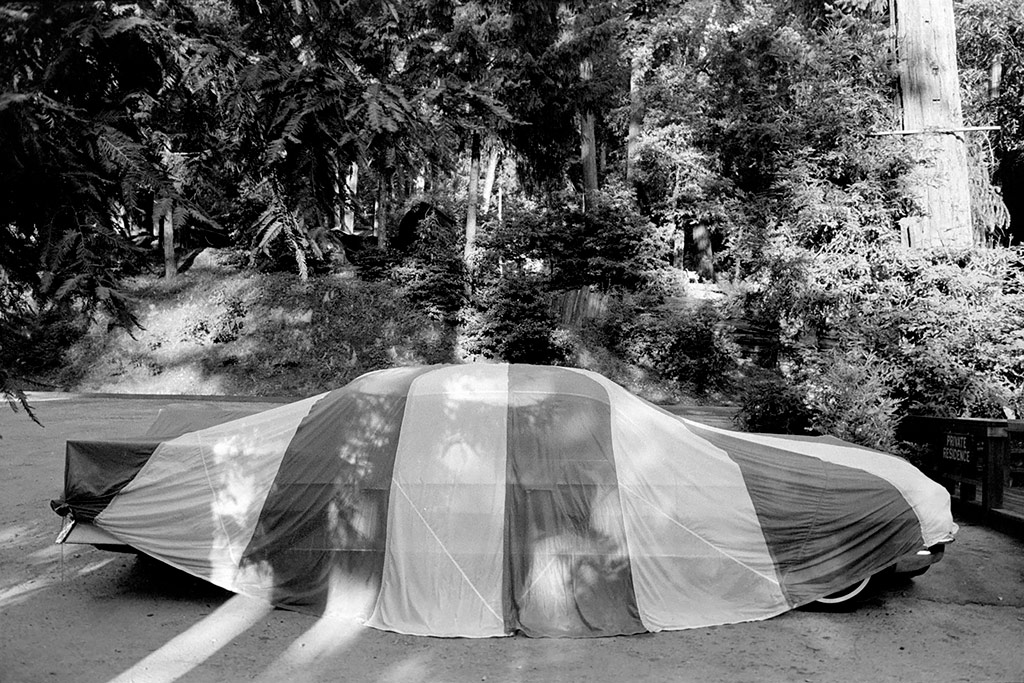
Joel lived in New York for the majority of his adult life, then Siena, Italy for a decade before moving to London last year. Siena proved a fruitful ground for his photography and led to books of landscape and still-life subjects. He moved to London partly because Maggie was involved in a serious accident over a year ago and the city offers high-quality medical care, but also so he can be close to the social and cultural life.
‘I really enjoy myself here,’ he says. ‘I’ve been productive since we arrived and have printed most of the work for two exhibitions. And there’s a sense of community and a quality of life in London that feels good to me, compared to New York which feels more pressurised now.
‘I like photographing here, although I don’t have a project that’s ongoing right now because other things are, in a way, of deeper interest to me personally. But I like being out on the street here. Street life is good when you’re in the centre of a city.’

Shooting in black & white – and colour
Joel started out his lifetime’s creative journey in photography in 1962. He was famously inspired to start using a camera by watching Robert Frank at work on an advertising shoot. He quickly established himself as one of the leading street photographers of his generation and he often worked directly alongside friends and contemporaries including Tony Ray-Jones and Garry Winogrand.
At the time, black & white was considered the only type of photography for serious artistic photographers, while colour was used for commercial work, glossy magazines or amateur snapshots. There was a great antipathy in the art world towards using colour; as the great American photojournalist Walker Evans said, ‘Colour tends to corrupt photography…colour photography is vulgar.’ Although Joel worked in black & white, he also used colour extensively from the beginning and is now seen as one of the leading exponents for artistic photography in the period.

This street work forms the main part of Joel’s exhibition at Tate Modern, A Question of Color. This section consists of pairs of images of the same scene, shot on colour and black & white 35mm film, and invites us to compare the images. Sometimes the two images are very similar, and other times they’re quite different. They have come about because when Joel was working on the streets, he would take two cameras – mainly Leicas – one loaded with black & white negative film and the other loaded with Kodachrome colour transparency film.
He says he shot two versions of a situation to prove his point – long since accepted now, but radical at the time – that colour is the best way of capturing and interpreting the abundant variety of the world around us. ‘Working in colour requires a larger sensibility,’ he says. ‘It meant I could play photography on a richer scale [giving] a more intimate, personal understanding of what time and life and light mean, rather than in the reductive, narrow scheme of black & white.
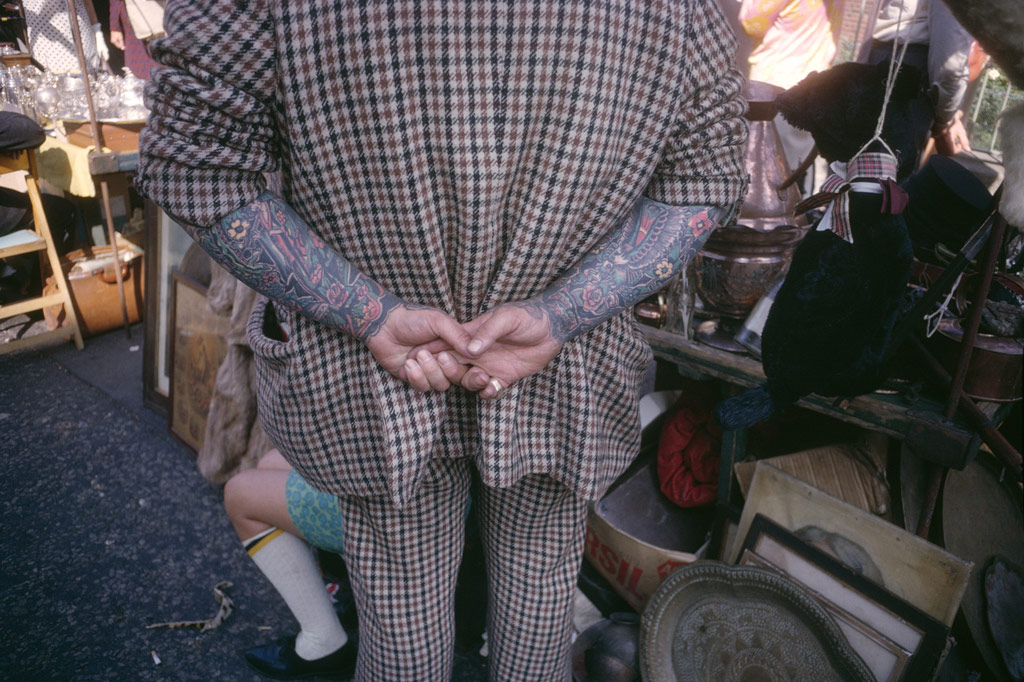
‘And that’s what I think those pictures at the Tate Modern offer the viewer. You look at them side by side and you can see the bones of the picture in black & white. But when you see the same thing next to it in colour, and you see the nuances and the way light bounces around and comes up off a wall and flashes back, you can start to look into it dimensionally and emotionally, I think in ways that are expansive, they’re symphonic, rather than like playing a solo instrument.’
It’s interesting to view the pairs of pictures side-by-side in the exhibition; as well as comparing the colour and black & white rendition of a scene, one can also look at how he made pictures of the same situation from different angles and how it developed over a short time period.
‘What I appreciate most is the challenge it poses to the viewer and the engagement [it provokes]. The Tate says people spend more time in that room than just about any other room in that wing of the gallery.’
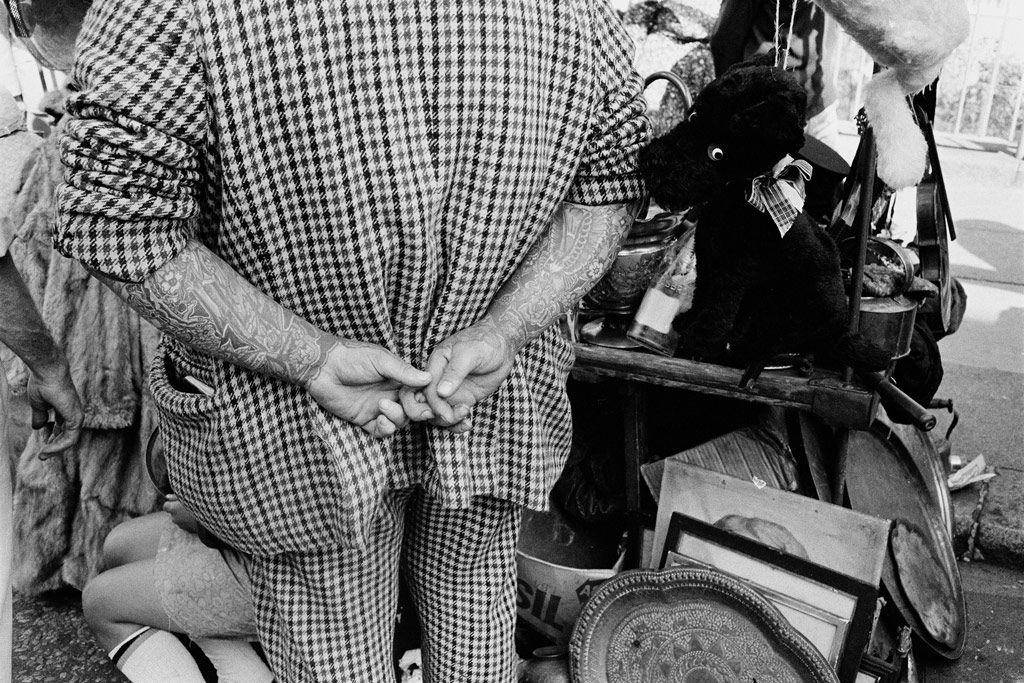
Colour work
Although photo-historians previously credited William Eggleston, Stephen Shore and Joel with striking out a new direction in photography by their use of colour in the 1970s, the exhibition shows that Joel was using colour much earlier. In fact, it was he who initially spurred Eggleston on to take up colour photography.
‘In 1968, Eggleston came up to New York to meet the New York photographers and to show his work,’ Joel remembers. ‘He came to my house one night and showed me 50 8x10in black & white prints and I showed him 300 colour slides in a carousel projector. I enlarged them on the wall so the pictures were two feet across.
‘He left at 3.30 in the morning, saying, “I’m shooting colour from now on, you’ve converted me.” But at that time, you couldn’t easily make colour prints that were high-quality, because you had to go from the slide to an inter-negative to a print. And the inter-negative lost depth in the shadows, and tone in the highlights were kind of muddy.’

At the time, the only way to make a really high-quality colour print was by using the dye transfer process, which was complicated and expensive. Joel continues, ‘In the late ’60s, dye transfers cost $300 to make one print and when I was working in the ’60s I was earning $50 a week. So $300 was like a month’s rent. It was impossible. But Eggleston was a rich kid, so could afford it and was able to make these prints.’ Eggleston’s first major exhibition of dye transfer prints, held at New York’s Museum of Modern Art in 1976, is often seen as a turning point in the acceptance of colour photography as an artistic medium.
Joel’s use of Kodachrome also had the effect of changing the kind of images he wanted to shoot. ‘I wanted to get everything sharp, because Kodachrome was sharp, so I saw that to make the depth I needed, I would have to double my normal shooting distance. I saw I’d have to give up shooting “the incident” so that I could get everything in the frame and make what I called a “field photograph”.
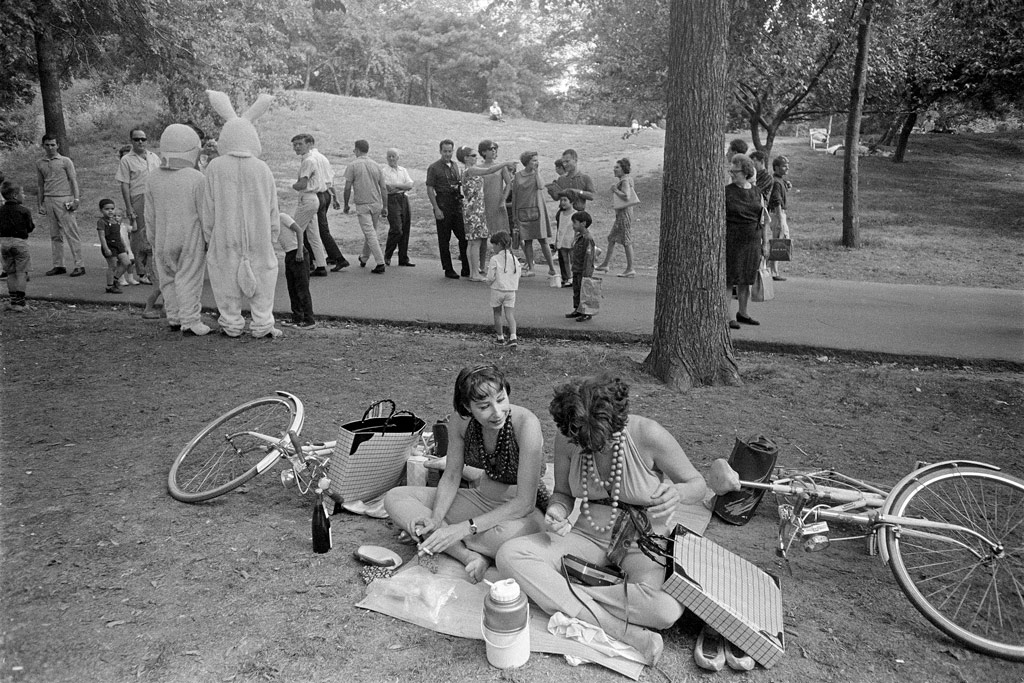
‘That changed my perception of what was interesting on the street. I needed to see multiple actions and connections going on at once, so it was really much more engaged and inter-related, rather than an object or an incident being the single thing. So I found myself making a more difficult kind of picture.’
One example of this kind of image is West 46th Street, Manhattan, a New York street scene that captures a range of people and buildings in one frame. There’s no one single subject; the subject is everything in the picture.
However, this change in approach meant Joel also needed to change the format in which he was shooting. He says, ‘The print quality [of the 35mm pictures] wasn’t good enough, but I knew if I worked with an 8x10in negative I would have everything and I could print it, because the labs could print bigger negatives at large scale.’ So in 1976, Joel bought a 1938 Deardorff 8x10in view camera, which was made of mahogany and brass with leather bellows.
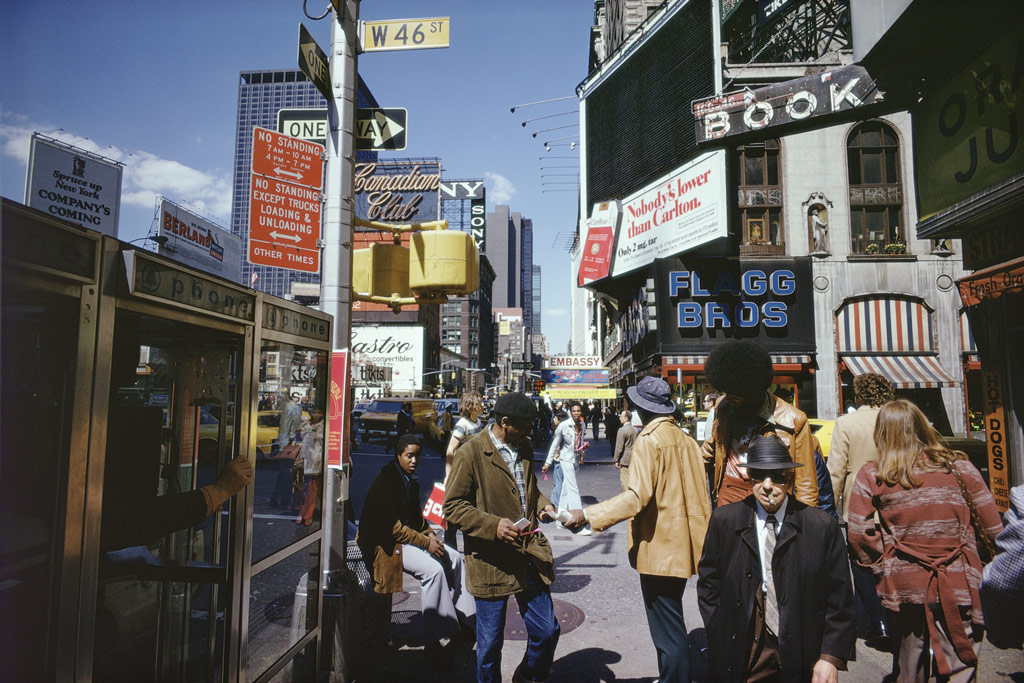
He spent the summer of that year in Cape Cod on the Massachusetts coast, making detailed, meditative colour images that captured the location’s atmosphere and quality of light. The result was Cape Light, a popular and influential book that went on to sell over 150,000 copies and launch a completely new phase in Joel’s career. This led on to many other projects in the following years, selections from which are included in the Tate Modern exhibition.
They include his Empire State series (1978), a collection of New York urban landscapes, taken in different locations but which all include the iconic Empire State Building; and Aftermath, a monumental series of detailed images created in the sheer devastation of Ground Zero in the weeks and months following the 11 September 2001 attacks on the World Trade Center.
Today and tomorrow
As well as the Tate Modern exhibition, Joel also currently has another exhibition in London, at the Huxley-Parlour gallery. Titled ‘Dialogues’, it also presents his work in pairs, but this time there’s a different relationship between the images. ‘Sometimes you see two pictures near each other and they have a kind of conversation,’ says Joel. There’s something that makes you want to put them together in a book or hang them together on
the wall.
‘So I thought, why don’t we do a set of pairs of pictures that are in dialogue with each other? Some pictures just relate to other pictures – it might be scale change, it might be colour relationships, it might be a space that has similarities in it. What I really would like to do is to engage the viewer in the act of looking.’

Joel has also published two books during the past year: A Question of Color (Thames & Hudson, 2023), which shows a wider range of his colour/black & white street photographs of the 1960s and ’70s than the Tate Modern display, and The Pleasure of Seeing (Damiani, 2023) in which he discusses his life in photography. ‘I’d like to write an autobiography, but when am I going to find the time to do that?’ he asks. ‘So that was a good way of doing it.’
Joel is currently less interested in developing new projects than revisiting old ones that didn’t receive exposure at the time they were made. ‘I’m more interested in revisiting the unseen works and doing the books that were not published back in the ’70s because there was no market at the time,’ he says. ‘I have more than 20 years of work, six or seven different big bodies of work, and I owe it to myself to bring them to the public now. I want to engage with myself in a way that I think is justified.’
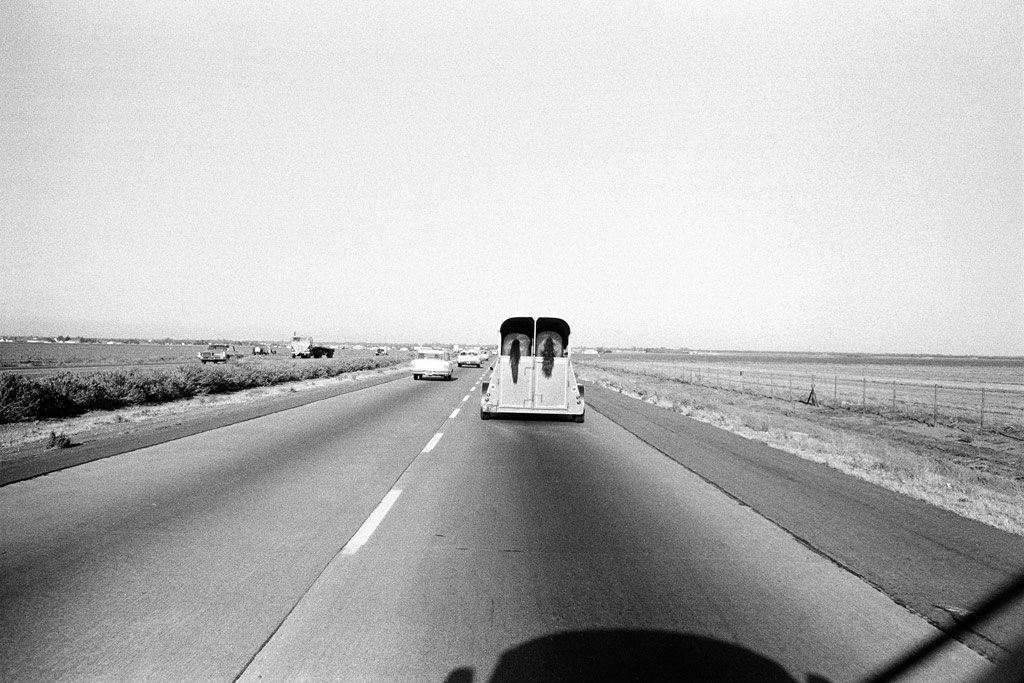
He is at an age when most people have long since slowed down or have stopped working. What keeps him inspired and gives him his zest for life?
‘I see a lot of people younger than me who are schlumping around and life is over,’ he says. ‘I’m an optimist. I have been my entire life. I think humanity is capable of extraordinary optimism and poetry and grace – I see that, and I see the humour in it. And I think it’s the humour and absurdity, mixed with the grace and the beauty, that keeps me engaged.’
A Question of Color is on show at the Tate Modern, South Bank, London SE1 9TG until 3 November. The book of the same title is published by Thames & Hudson, price £20. A separate exhibition, Joel Meyerowitz: Dialogues, is on show at Huxley-Parlour, 3-5 Swallow Street, London W1B 4DE until 2 March.
Feeling inspired to take to the streets and start capturing your environment? If you are still looking for the best camera for street photography or the best lens for street photography we have you covered too, and once you had a look at the different kit options, you’ll find some great tips in our articles on street photography.
Related reading:
- Black and white Street photography: tips and tricks from the experts
- Best photography exhibitions to see
- Analogue street photography tips
Follow AP on Facebook, Twitter, Instagram, YouTube and TikTok.




